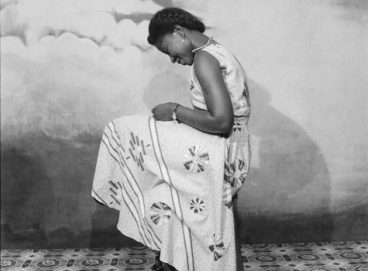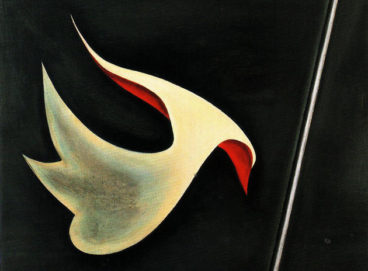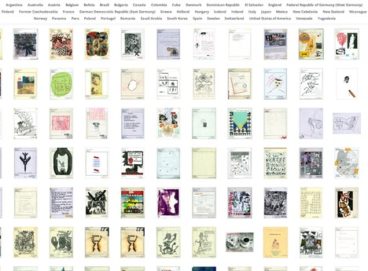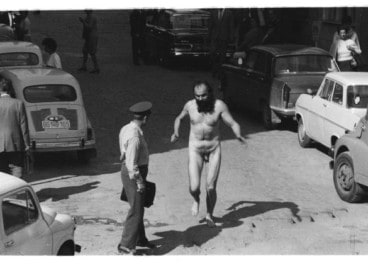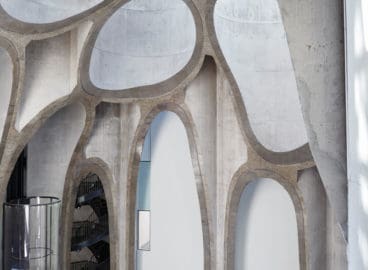In an effort to consider the variegated impacts of COVID-19 — a virus with a global reach — post has interviewed curators and directors from vital institutions around the world about how the pandemic has affected their conceptions and practices of programming, civic engagement, and care. This interview with Zoe Butt, Artistic Director of The Factory Contemporary Arts Centre in Ho Chi Minh City, Vietnam, marks the third of the series.
Wong Binghao: I’d like to begin by discussing the fruitful tensions between the local and the international. In your practice, you negotiate between curating and facilitating international exchanges, while continuing to build a groundwork for art institutions in Vietnam as Artistic Director of the Factory Contemporary Arts Centre in Ho Chi Minh City. In previous interviews, you have succinctly articulated the importance of bringing the local to international platforms, and vice versa, without compromising on integrity, context or dynamism. On the other hand, you have also acknowledged the difficulties of these transferences, given the often untranslatable vocabularies, validating mechanisms and ways of working between local and international art ecologies. Could you share with us some instances of how you have managed to juggle and adapt to these different models of operation, and how these strategies might have changed for you in our current global pandemic?
Zoe Butt: ‘Juggling’ and ‘adapting’ are apt words that relate to my working experience of navigating the distance between local and international assumptions of ‘Art’ in our uneven art world. In Vietnam, it is an everyday occurrence to strategize my choices in verbally articulating artistic intent. This is largely a consequence of the politically sensitive landscape in which I choose to live (for there is much that we are forbidden to say and show). But I have come to cherish this habit of careful articulation in the work I do anywhere, for I find myself thus immediately cautious of how words carry burdens – the assumptions of History, Culture, Class, Capital, Race, and Faith are but a few examples of how our perceptions of verbiage are in great need of realignment. Traversing the differing models of how ‘Art’ functions, between a ‘here’ and a ‘there,’ is fundamentally for me about reducing expectations and staying open to differing value judgements. Countless cultural practitioners and thinkers in Vietnam (such as artists Lêna Bùi, Tuấn Andrew Nguyễn, Thảo Nguyên Phan, Đỉnh Q Lê, Bùi Công Khánh, Vũ Dân Tân and historian Boitran Huynh Beattie… the list is endless) have been immense teachers of tenacity and resilience for me. Ntone Edjabe, during a workshop in Saigon, taught me the importance of allowing translation to ‘get lost’. Qiu Zhijie recently exclaimed: “You have finally got it Zoe!” meaning I was no longer that institutionalized curator he once knew who presumed a certain system of display – rather, I was now creating it. I once heard the singer Tina Sani, then a stranger to me, sing the words of poet Faiz Ahmad Faiz with such passion that I cried, and she made it known to me that she noticed. I recall Kidlat Tahimik declaring to me: “I am a prop who moves a story on” and I remember thinking how full of capacity such a phrase suggests of every living being. To answer how I have managed to navigate/strategize this local-to-international zone of presumed production and display of art: it has been via the practices of artists and their attitudes, perceptions and beliefs. For me, artists are the true jesters of society. Not even a global pandemic can cause ire for too long; creativity comes in all manner of isolated and engaged encounters. I learn from them. Everyday.
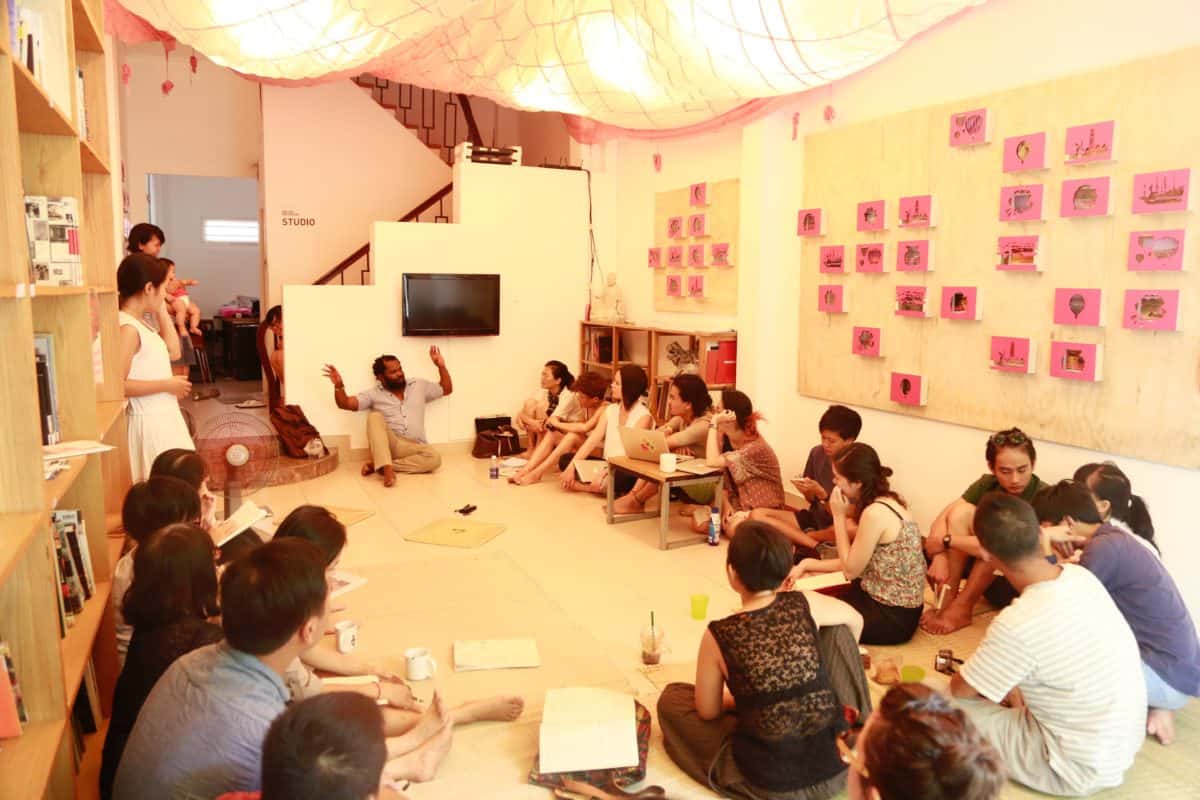
WBH: Due to the effects of COVID-19, the way that art is made and received will have to change for the foreseeable future. We have witnessed, for better or worse, a consequent rush to generate online content. Embedded South(s), an online exhibition of moving images which you curated in 2017 for Sàn Art (an important artist-initiated space in Ho Chi Minh City which you directed from 2009-2016), presciently foregrounded the online format to circumvent certain circumstantial restrictions. This mode of presentation also had the “added benefit” of bringing in a broader international audience. Embedded South(s) was also the culminating project of Conscious Realities, a three-year-long program of international residency, education, and exhibition at Sàn Art. In this case, beyond just instant access, the online format offered a more sustainable, considered and functionalized mediation of art, without sacrificing interpersonal connections and programmatic quality. Moving online can offer another way of working that disrupts current rhythms of the curatorial. How has going online changed the way you work? What are some of the other adaptive strategies that you have proposed and/or utilized in your career?
ZB: I will always believe in the power of physical presence. There is a monumentality to the mind-body encounter in the flesh. It is, for me, the ideal way of learning. Embedded South(s) was a program that deliberately countered the censorship rules surrounding the display of moving images in Vietnam. I wanted my community in Vietnam to understand that the world was theirs to engage. How better to do that, under such restriction, than through the Internet. Embedded South(s) was a specific site response. For Conscious Realities, we had invited numerous thinkers to Saigon from across the Global South and it seemed fitting to try and generate a final program that would take our engagement further than just the audience of Saigon. Creating a film festival online for multiple time zones and with partners in cities across the South with dubious Wi-Fi was also a feat(!). Embedded South(s) is really the only online project I have ever ‘curated’.
Another adaptive strategy that I have utilized, as a consequence of funding scarcity and license restrictions, is to recalibrate what outputs I value the most when it comes to my work. I was groomed in a museum landscape where the almighty ‘exhibition’ was the prime ‘object’ of a curator’s work. I’ve since re-assessed my valuing of such a mode of operation. In my experience of working for and with artists these past 15 years, particularly in Vietnam where the ‘visible’ world is so fraught with red tape, I’ve come to revel in the process of developing, producing and researching with artists. For example, I now place great emphasis on artists as teachers and am in utter respect for those who commit to this role in their community – however informal or formal that relationship may be.
WBH: Some ways of working endure in spite of situational contingencies. You speak eloquently about friendship as a grounding principle and politics of your curatorial practice. For example, Spirit of Friendship (2017), an essay and exhibition project which you co-curated at the Factory with Bill Nguyễn and Lê Thiên Bảo, documented “the history of artistic friendships as ‘group’ activity across Vietnam.” In a public discussion with critic Lee Weng Choy and artists of the Sharjah Biennial 14, which you co-curated with Omar Kholeif and Claire Tancons, you described your curatorial practice as not characterized solely by exhibition-making, but by long-term collaborations with artists to convey “versions of fictions” that, although urgent, often go unseen or unheard. I really resonated with this statement and your prioritisation of process, sustained inquiry and commitment to artists. How do you think friendship can change or accrue to existing paradigms of curating? Why do you think that friendship (or, put more broadly, affective and interpersonal relationships) has been especially used to characterise much of the artistic activity in Southeast Asia?
ZB: Friendship for me is about building knowledge surrounded by trust. Friendship commands the space of integrity beyond the walls of presumed ‘qualifications’ and ‘expertise’. Friendship for me also prioritizes experience and cultural insight over textual learnedness and disciplinarity. I have come to see friendship as the basic building block of decolonizing our minds and desires. Within the mode of curating (and thus in the building of community), beyond the presumed mechanisms of a Western-informed arts infrastructure, friendship as modus operandi is often all one has to rely on as a code of conduct for survival, especially in zones of infringement, conflict or oppression. Friendship not only binds commitment, but also purpose. It can be a powerful driving force beyond the acumen of ‘reputation’ or ‘status’, for in such zones of political poverty, the joy of friendship is the reward. But like any relationship, friendship takes work, forgiveness, patience and understanding. There are many friendships that just sadly fall apart (and this can occur for so many reasons attributable to the dilemma of the human condition and the precariousness of our desires). However, in my experience, it is through understanding disagreements in friendship that trust can be re-kindled. I believe such a journey, though incredibly hard, is also essential to the understanding of humanity. Confronting disagreements with attitudes of necessity (understanding that to confront and understand what we don’t like is utterly formative to our articulation of the self) with humility and patient communication is what I find missing from the assumed ‘professionalism’ of institutional bureaucracy – it fails to connect with the human beyond their effective labor.
I think affective interpersonal relationships in Southeast Asia are a reflection of cultural value that you will find across this diverse region. I don’t want to collapse this immense group of cultures into one generalized description, but to begin an observation, I have great respect for its maintenance of intergenerational knowledge, the prevalence of folklore and superstition in everyday life, the ritualized practices of paying dues to Time (as coordinated by the religious or spiritual calendar), and the honoring of the passing of the dead regardless of social achievement. There are so many more vibrant and critically powerful agents of collective gathering in this part of the world that motivate a collective capacity to think and organize. I find such human connection inspiring and ultimately governed by processes beyond Capital (a sinister desire that I think is currently eating its way through our ethical principles and planetary sustainability).
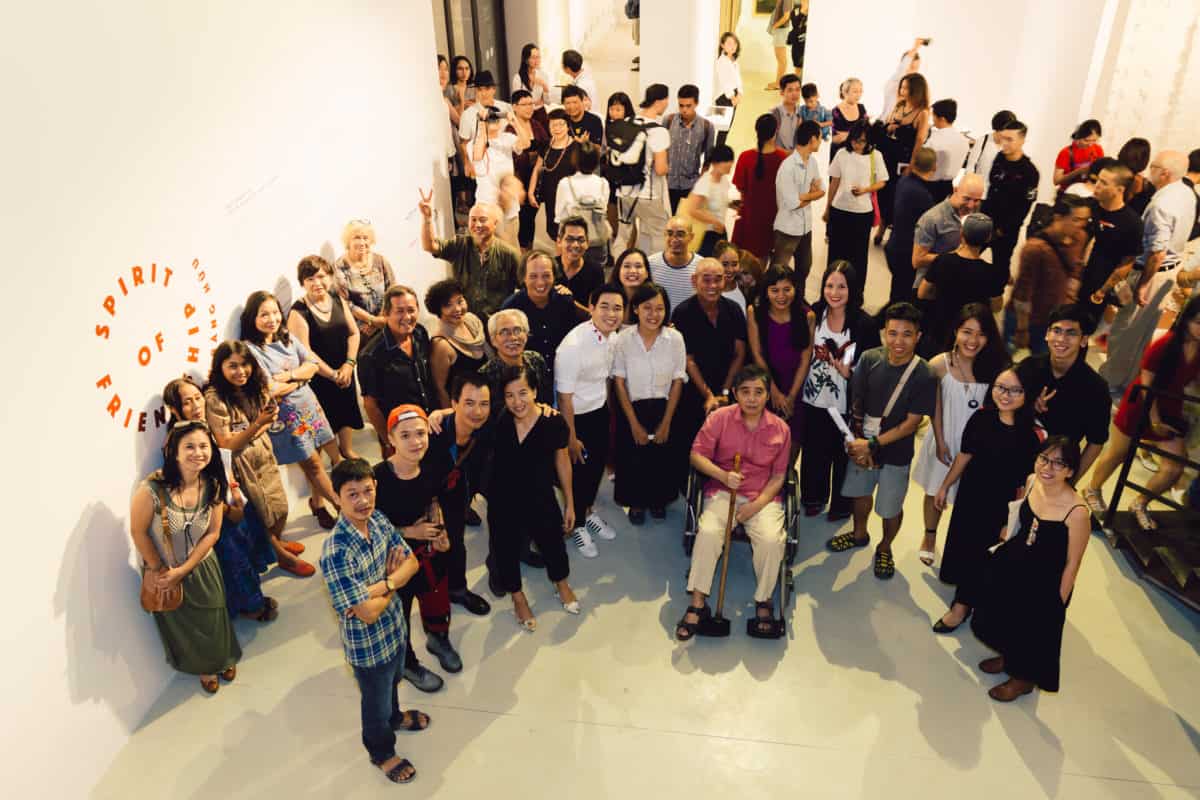
Sean Anderson: Having worked in Vietnam for a decade and a half now, how do you envisage its place (for example, artistically, socio-politically, geopolitically, etc.) in the context of Southeast Asia?
ZB: I’m not feeling qualified to answer this question to be honest. From an artistic standpoint, I would say that Vietnam sits strongly in the region with a small yet powerful group of artists who are committed to historical investigations with critical reflection and nuanced with adept metaphor (a consequence of navigating the art of ‘storytelling’ in their locale that is incredibly sensitive to intention and inference). From a curatorial perspective, I would say that Vietnam is way behind the curve with private investments in culture, compared to countries like Thailand and Indonesia where the collector base is significantly invested and proud of their contemporary artists and has established their own museums and foundations that serve a wider public.
WBH: Addressing the surge in international biennales in an interview with Chris Sharp for Art Basel, you pose an urgent question: “Why?” Who do international art events, and the currencies they generate, serve? And what is the necessity or instrumentality of art? I appreciate these sentiments. To conclude with an open-ended and somewhat idealistic question, I’m curious to know how you would re-imagine curatorial circulations, forms, and ways of working; what is a ‘dream project’ or goal that you are/would like to work on?
ZB: I’ve always dreamed of programming an arts organization, in Asia, connected to the driving of university curricula. I’m a massive lover of history and all things interrogative, and the chance to contribute to the writing of history – as a canon, with and through art – I find alluring. To address curatorial methodology as a distinctive ‘historical’ process of enquiry (focusing particularly on the region of Southeast Asia would be a coup!), with equal credit to the contributions of professors and doctors; to connect theory with practice (and thus with its communities who should be in direct dialogue with how they are written about and spoken for) – these I believe are much needed processes in our globalizing Souths.
